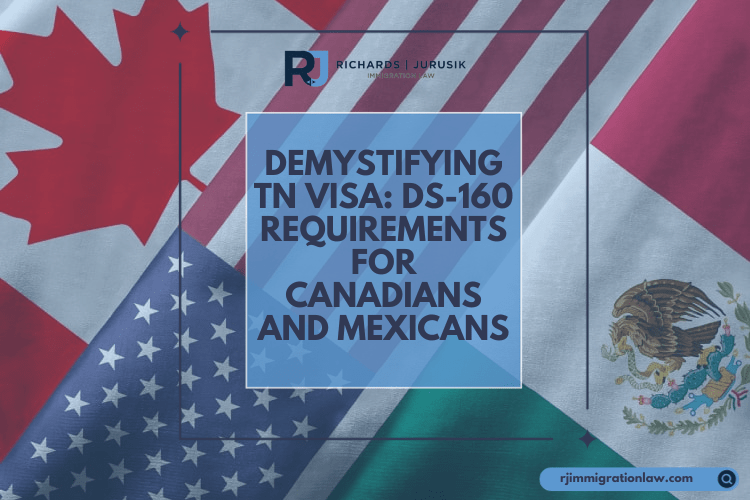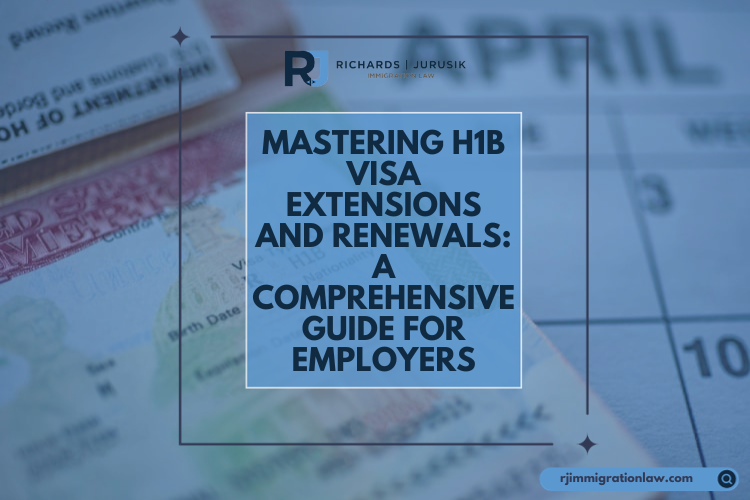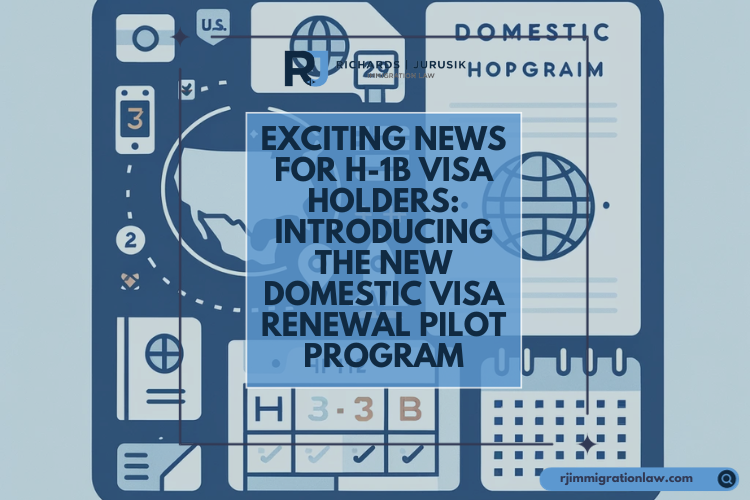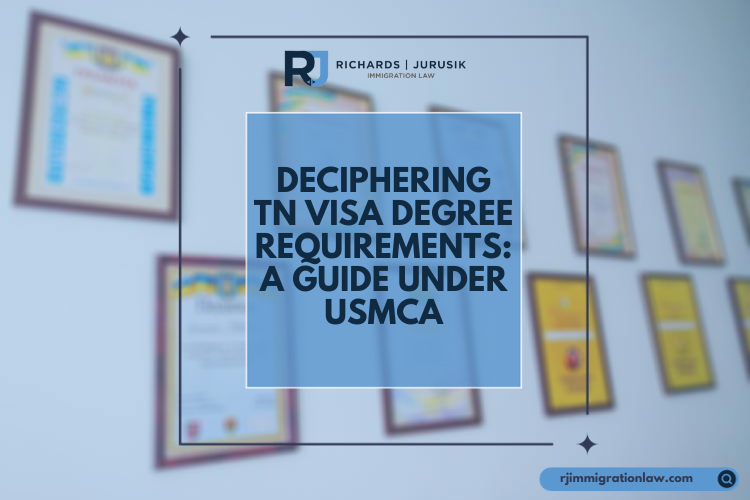Every year, the competitive H-1B visa lottery leaves many applicants searching for other employment paths in the United States. If you’ve faced rejection in the H-1B lottery or are proactively exploring different visa options, you’re in luck. The U.S. offers a variety of visa alternatives, each catering to specific circumstances, nationalities, and professional backgrounds. This guide covers eight options for working or living in the U.S.
H-1B Visa Alternatives
- Optional Practical Training (OPT) and Curricular Practical Training (CPT): Tailored for international students in the U.S., OPT and CPT facilitate the transition from study to professional employment. OPT permits graduates to work in their study field for up to 12 months, with a possible 24-month extension for STEM graduates. CPT, meanwhile, is available for students whose study programs mandate employment, such as internships or co-op programs.
- Nationality-Specific Work Visas: The U.S. offers unique work visa options for nationals from certain countries:
- TN Visas for Canadian and Mexican professionals under the USMCA.
- H-1B1 Visas for Chilean and Singaporean nationals, ensuring quicker processing.
- E-3 Visas are exclusively for Australian citizens in specialty occupations.
- E-1 and E-2 Visas for Traders and Investors: These visas support entrepreneurs and investors engaged in significant trade (E-1) or investment (E-2) activities with the U.S., including essential employees of the same nationality as the investor.
- L-1 Visas for Business Expansion: Ideal for multinational companies, the L-1 visa allows the transfer of executives, managers, or specialized knowledge employees to the U.S. to establish or manage a U.S. office.
- O-1 Visas for Individuals with Extraordinary Abilities: The O-1 visa offers entry based on proven extraordinary ability for those with distinguished achievements in fields like science, arts, education, business, or athletics.
- “Parole” for International Entrepreneurs: The International Entrepreneur Rule facilitates founders with substantial U.S. investment to oversee and grow their startups in the U.S., acknowledging their role in innovation and economic growth.
- Employment-Based Green Cards: A pathway to permanent residency, these are available through employer sponsorship or self-petitioning in certain cases. They aim for a long-term commitment to living and working in the U.S.
- Family Sponsorship: Recognizing the importance of family unity, this pathway allows U.S. citizens to sponsor relatives, including spouses, children, parents, or fiancé(e)s, for immigration.
Conclusion
Understanding and exploring these alternatives can open new doors for employment and residency in the U.S. beyond the H-1B visa. Each option has specific requirements and processes, underscoring the importance of detailed research or consultation with immigration experts. Whether you’re an international student, a professional with extraordinary abilities, an entrepreneur, or someone with family ties in the U.S., there’s likely a visa that fits your situation. Considering these alternatives, you can find a pathway that aligns with your career goals and personal circumstances.
Subscribe to Our Resources Blog
Schedule a Consultation with an Immigration Lawyer
Citations
We Can Help!
You may have questions regarding your US Immigration Matter. We invite you to contact our team at Richards and Jurusik for detailed guidance and assistance. We aim to provide the most accurate and up-to-date information to make your immigration process smoother and less stressful. The immigration lawyers at Richards and Jurusik have decades of experience helping people to work and live in the United States. Read some of our hundreds of 5-star client reviews! Contact us today to assess your legal situation.







